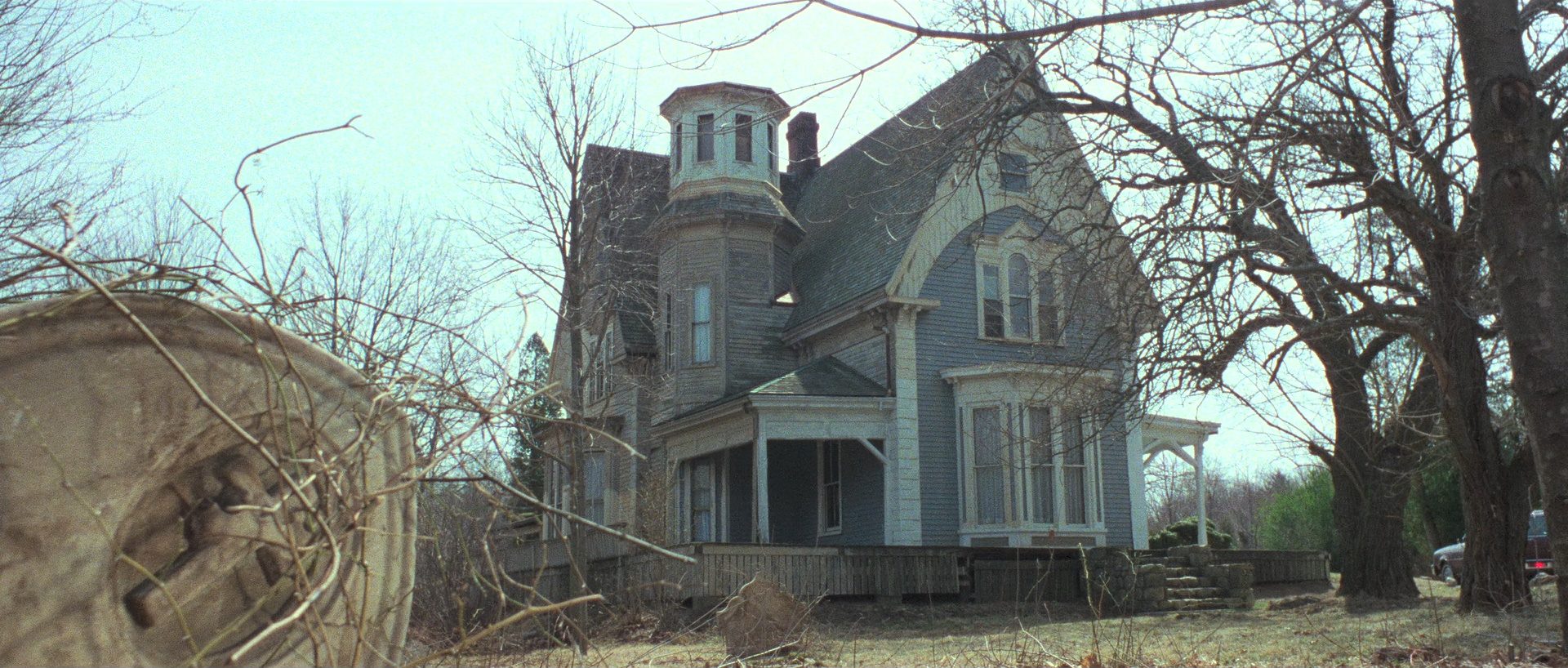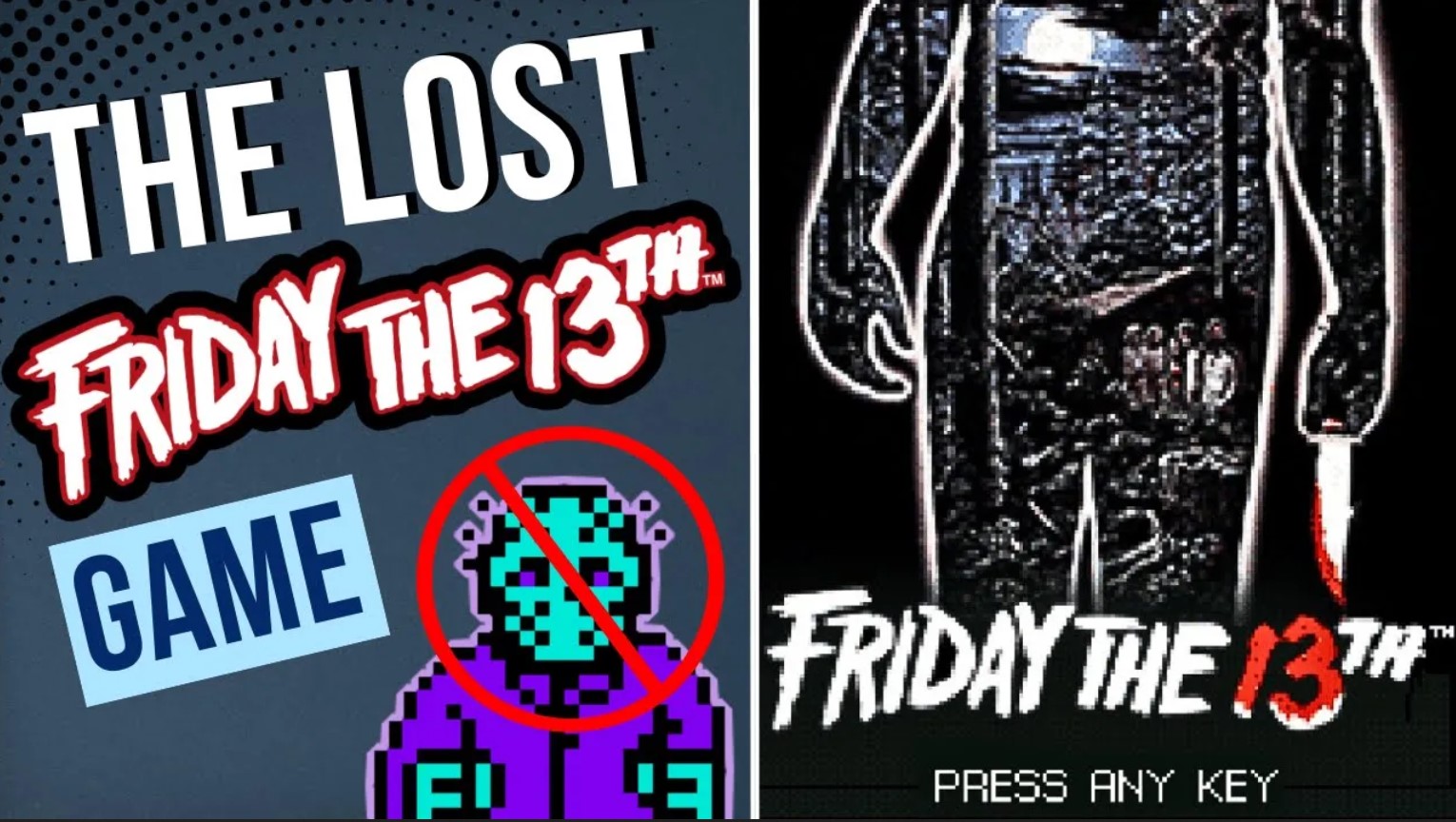“Blood! Blood! Not just blood – his name! I hear it now!”
Lucio Fulci is one of those names you’re not going to be able to stay away from. He’s part of the Holy Trinity of Italian horror director, alongside Dario Argento and Mario Bava. It’s kind of crazy that we haven’t covered Fulci until now, but in my defense I tried watching Zombie, arguably his most famous film, and the dubbing was so atrocious I couldn’t make it more than twenty minutes in. (When that movie gets a 4K transfer, hit me up.) To be fair, The House by the Cemetery has a few of the same issues, but is compelling enough to stick with. It’s never very interested in its central mystery, the acting is all over the place, the scenes have little if any connective tissue, but in spite of – or maybe because of – all that, it unfolds with the pacing of a nightmare: at times languid, at times frantic.
The plot is pretty boilerplate. It’s steeped in Gothic horror, clearly influenced by Lovecraft and Poe. The film opens with a gruesome double murder (and some very unmotivated nudity) in a decrepit old house. Soon after, the Boyles are moving in, so that Norman Boyle can continue the research begun by his deceased colleague. I have the Wiki for this movie open in a different page, and I finished watching about fifteen minutes ago, and I still can’t really draw a straight line here. That’s not necessarily a problem. The House by the Cemetery is more of a Gothic phantasmagoria, something closer to a fever dream than anything with a traditional plot. Fulci’s film starts ticking off boxes early. The Boyles’ son, Bob, sees a little girl in a photo telling him not to go to the house. The realtor insists on calling the house “Oak Manor” instead of “the Freudstein house,” desperate to erase the house’s history. That’s not something easily done in a Gothic horror story.
In many ways, The House by the Cemetery doesn’t know exactly what it wants to be. It’s still fun watching the movie trying to figure itself out. Don’t come here looking for bracing performances, though. Everyone ranges from bland to awful – even by kids’ standards, the kids here are pretty bad – with the exception of Paolo Malco as Norman Boyle. Malco plays Boyle with a kind of elusiveness that doesn’t really have any payoff in the overall narrative, but is still fun to watch. Ania Pieroni is pretty flat as Ann, Bob’s babysitter, but in a weird way that works here. When Bob finds Ann in a trance trying to wedge open the cellar door, her far-away eyes help sell the scene instead of hindering it.
In terms of scares, well, this probably won’t scare you. It certainly didn’t scare me. Look at it more as like a visual poem (although that’s probably higher praise than it deserves): what you see on screen isn’t supposed to be exactly representative of how that would look in real life. In some scenes, the blood is the bright red claret of a classic giallo movie; in others, it’s the dull red of the real world. It’s hard to tell what’s intentional and what’s a decision made due to budgetary concerns, but in any case it helps add to the dreamlike nature of the film.
There are two genuinely good sequences. One is dragged out longer than it probably should be, which is a feature not a bug, because the longer we see Norman try to get a bat off of his hand, the more viscerally upsetting it is. He stabs it over and over with scissors (reminiscent of the turtle scene in Nick Cutter’s The Troop; if you know, you know) yet it refuses to die, eventually becoming a strong visual metaphor for the power of the evil lurking in the house. The other is a chilling montage set to a tape dictated by Norman’s deceased colleague. It’s the most powerful line reading of anyone in the film, and the knowledge that it’s being said by a dead man just makes it more eerie. The monster in the basement is also a pretty kick-ass design, unique among other monsters in horror. The basement slowly turning into an abattoir is a nice slow burn. When the monster holds Bob’s head against the door as Norman, on the other side, tries to hack his way in with a hatchet, it makes for genuine horror.
That being said, the film is still a goddamn mess (although I should note that the synth-heavy score by Walter Rizzati is killer). There’s very little sense of place, and the viewer is never sure if we’re supposed to be in New England or New York. The performances are pretty broad, to say the least, and not only is the main mystery never really explored, it never even seems all that important. Honestly, it’s easy to not pay attention to The House by the Cemetery, which is why it’s so impressive when the film manages to stick the landing, most notably in its surprisingly graceful ending.
I misspoke earlier when I said that Fulci is someone you won’t be able to stay away from. He’s not be avoided, any more than Bava or Argento. Italian horror is like opera: it’s over the top, melodramatic, and to foreign eyes, the sheer expressiveness on display can come off as pretty corny. But it’s still art. The House by the Cemetery has its moments, although it is by no means high art. Still art, though.





